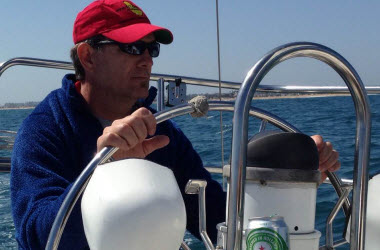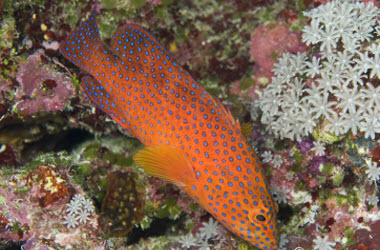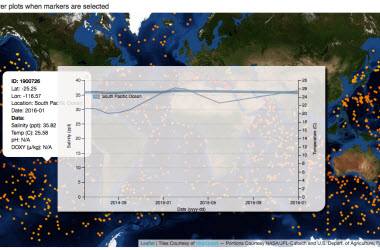April 13, 2016
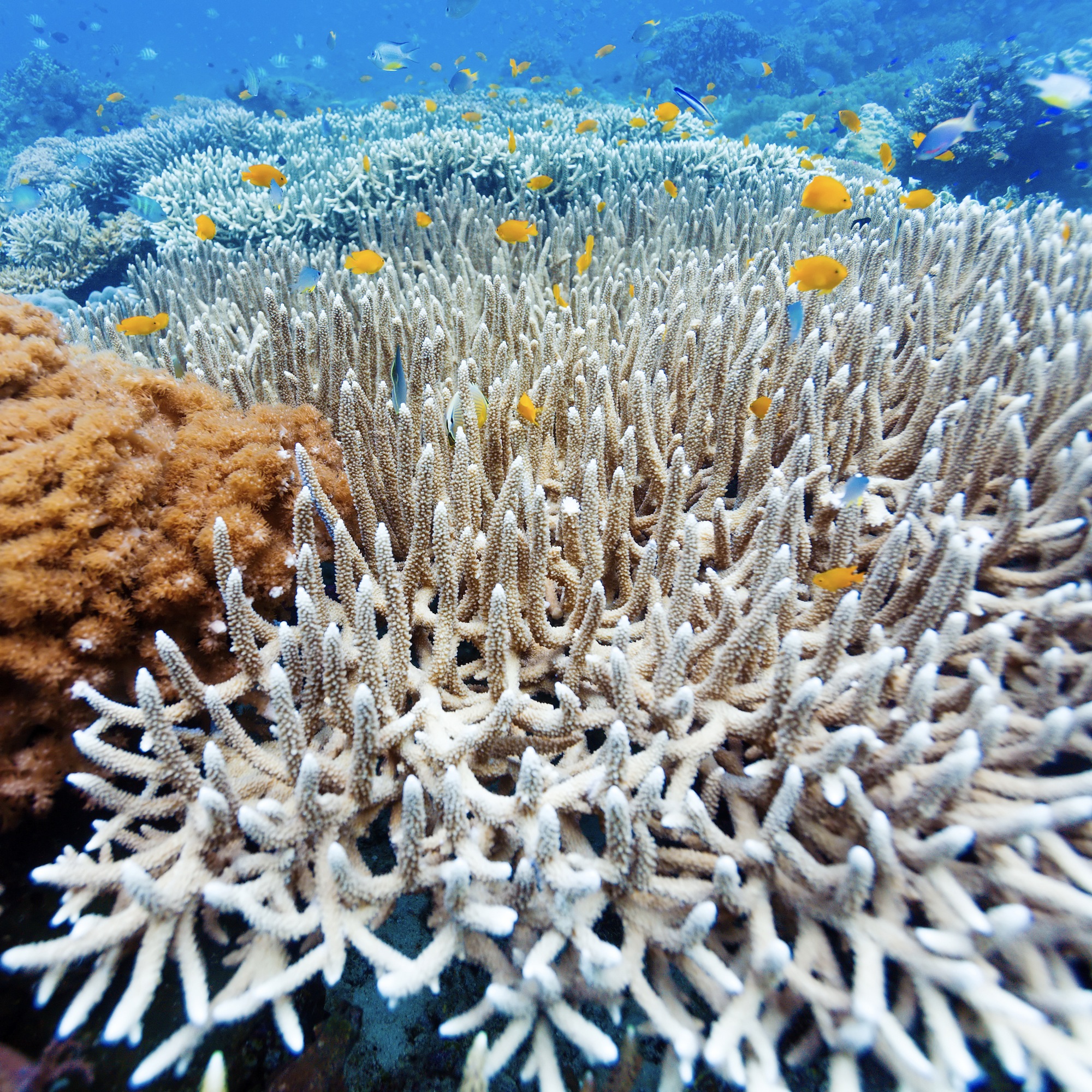 It was a typical Monday, the start of a new week. It happened to be Monday, March 28. I had a typical day ahead—breakfast, coffee, and then feed my seven-month-old daughter, share a few giggles.
It was a typical Monday, the start of a new week. It happened to be Monday, March 28. I had a typical day ahead—breakfast, coffee, and then feed my seven-month-old daughter, share a few giggles.
And think about her future.
At work, much as I try not to, I check emails first.
And that's where this story really begins.
The email that morning was sent to a group of coral reef scientists by Dr. Terry Hughes, the eminent coral reef ecologist from James Cook University in Queensland, Australia.
His major point was alarming. Aerial surveys of the northern Great Barrier Reef (GBR) showed that 95 percent of the coral had bleached.
I spent the early part of my career working on the GBR. I hoped one day to show it to my children. But bleaching means the coral is expelling its algae, one of its sources of energy. The coral loses its magical colors—and whitens—as the algae flee. The loss of algae means an increased risk that the coral will die. Most of this “bleaching” is from warmer water temperatures, but not all.
The GBR will survive, at least some of it towards the south where there is less bleaching.
But it may never be the same at least in my lifetime, and perhaps not my daughter’s lifetime either.
For years scientists have petitioned governments around the world, warning that rising carbon dioxide emissions would cause dire consequences to our natural resources, natural treasures, and natural wonders of the Earth.
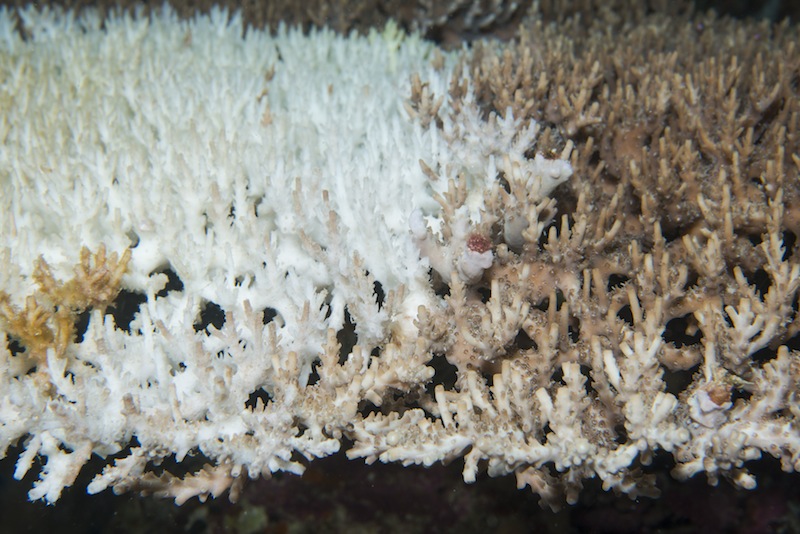 The warnings fell on largely deaf ears.
The warnings fell on largely deaf ears.
The scientists were correct, as we now know, and the Earth is showing us with in the most impactful way she can, removing color from one of our most vibrant places, coral reefs.
As humans who spend most of our time on dry land, changes from global climate change and global warming are sometimes hard to spot.
Minor increases of temperature increases don't register on our skin and we shrug at an unusually hot April day as an aberration.
But Mother Nature, as Dr. Hughes’ e-mail made clear, is tired of holding on.
She is trying to shake us awake by turning nature white.
This is no longer a political debate.
We all have to do our part. We can’t afford to wait for our governments to tell us what to do. We can all do our part to reduce our CO2 emissions in any way we can.
What can you do?
- Ride a bike, or walk. Remember walking?
- Consume food that comes from closer to home.
- Buy smaller cars.
- Take the bus, subway or other public transport.
- Car pool.
- Turn down your thermostat.
There are many more.
Put simply—think about anything you are doing, and think where the energy comes from to do it.
If it's a carbon source like gasoline, then think about a way in which you can reduce it.
If we all reduce our own footprints, we can take control over this situation and help Mother Nature ourselves.
I hope that I can think about my daughter’s future and within those dreams are the vibrant, varied colors of the Great Barrier Reef.

